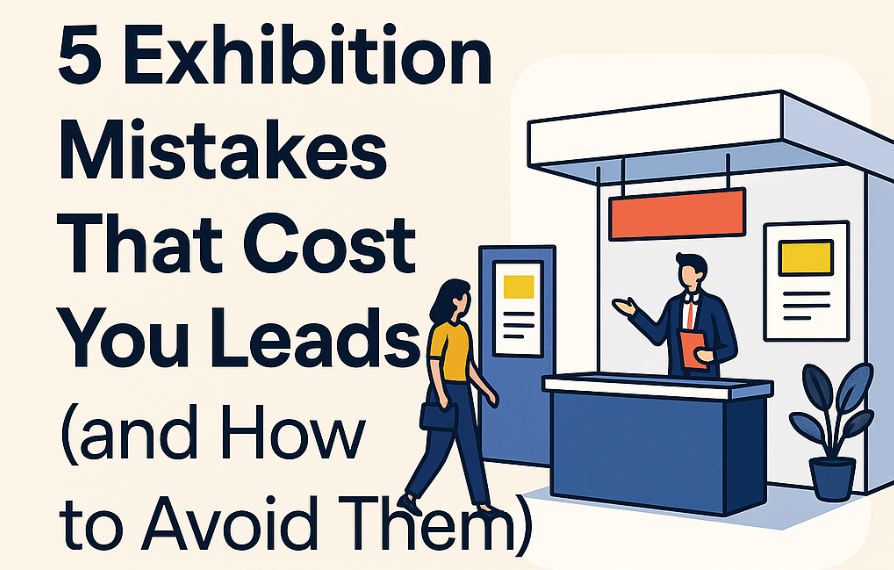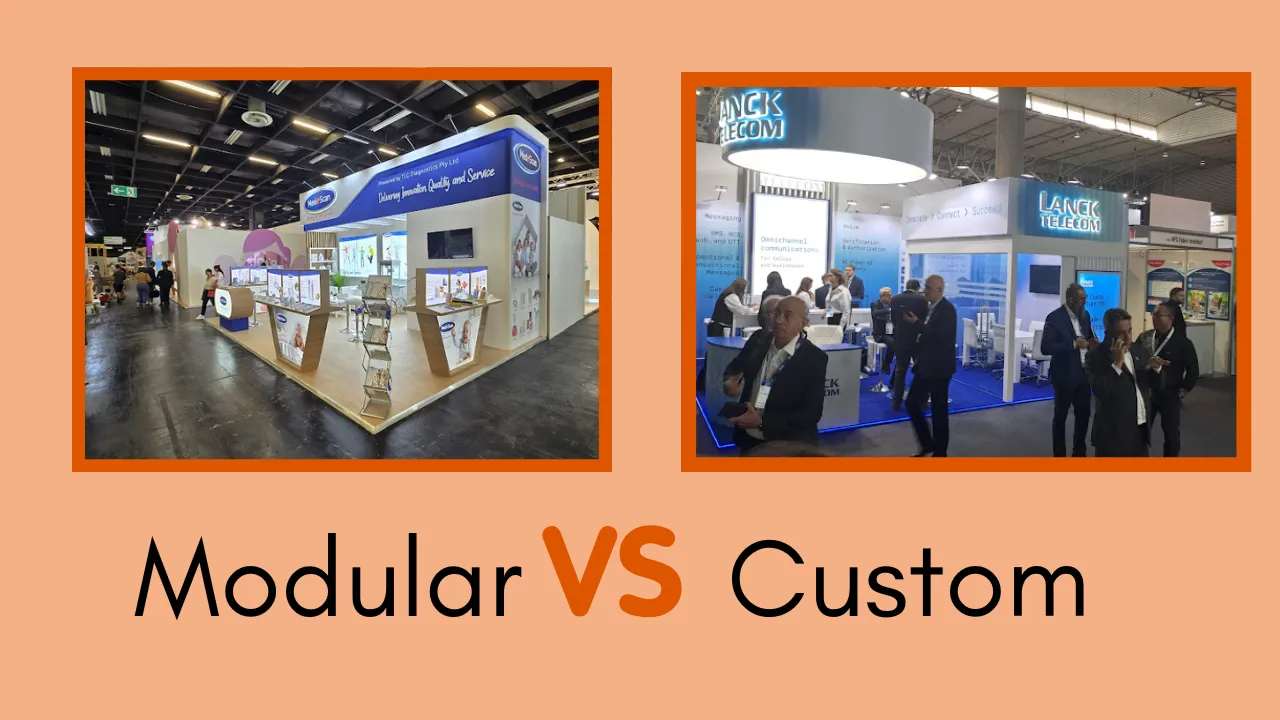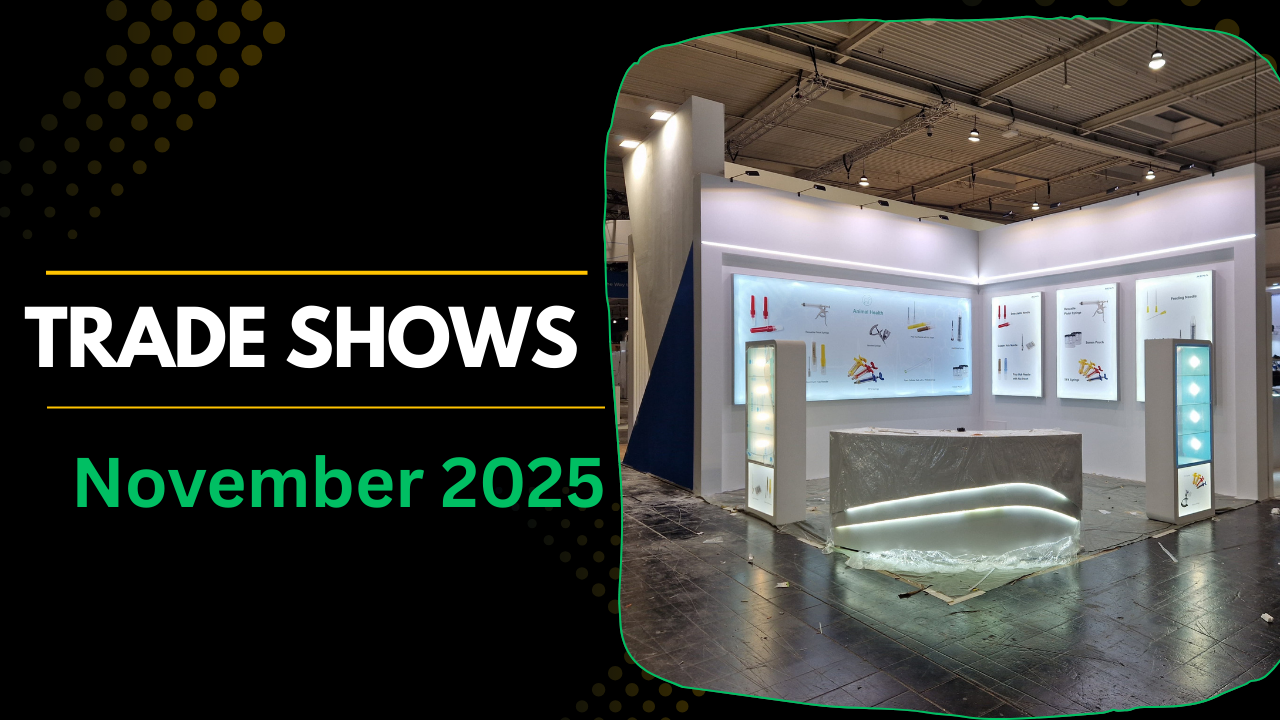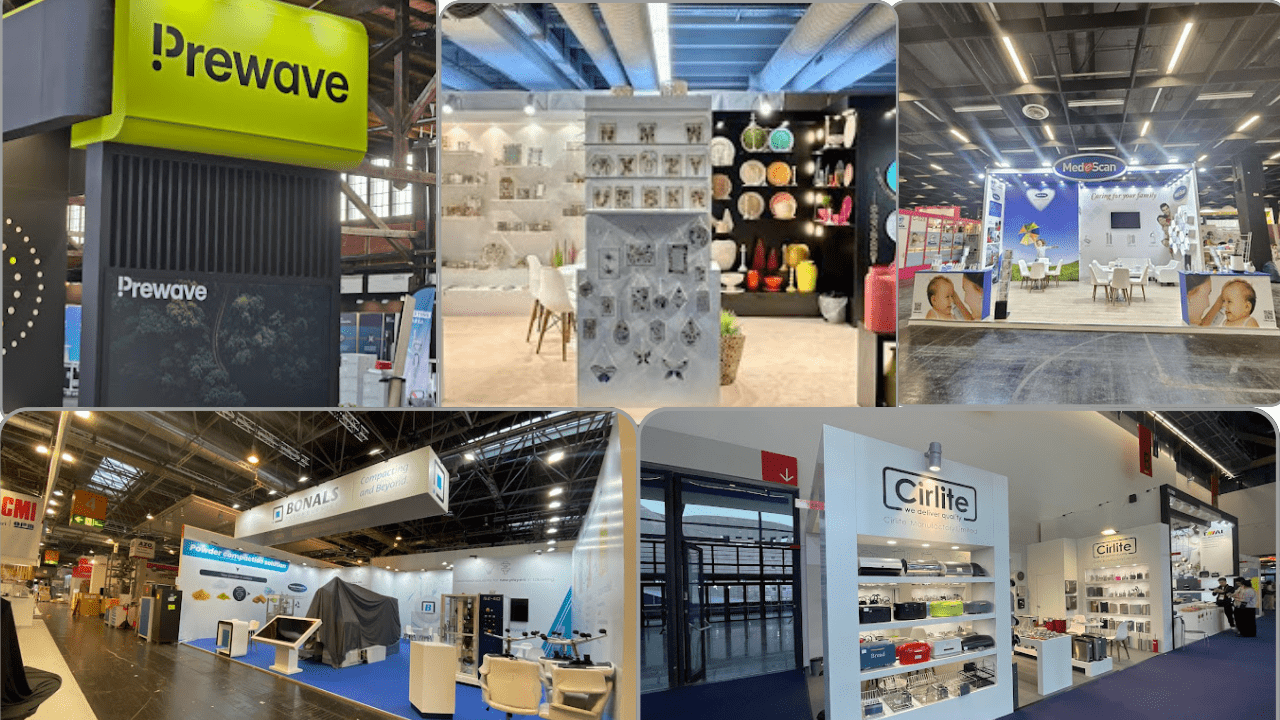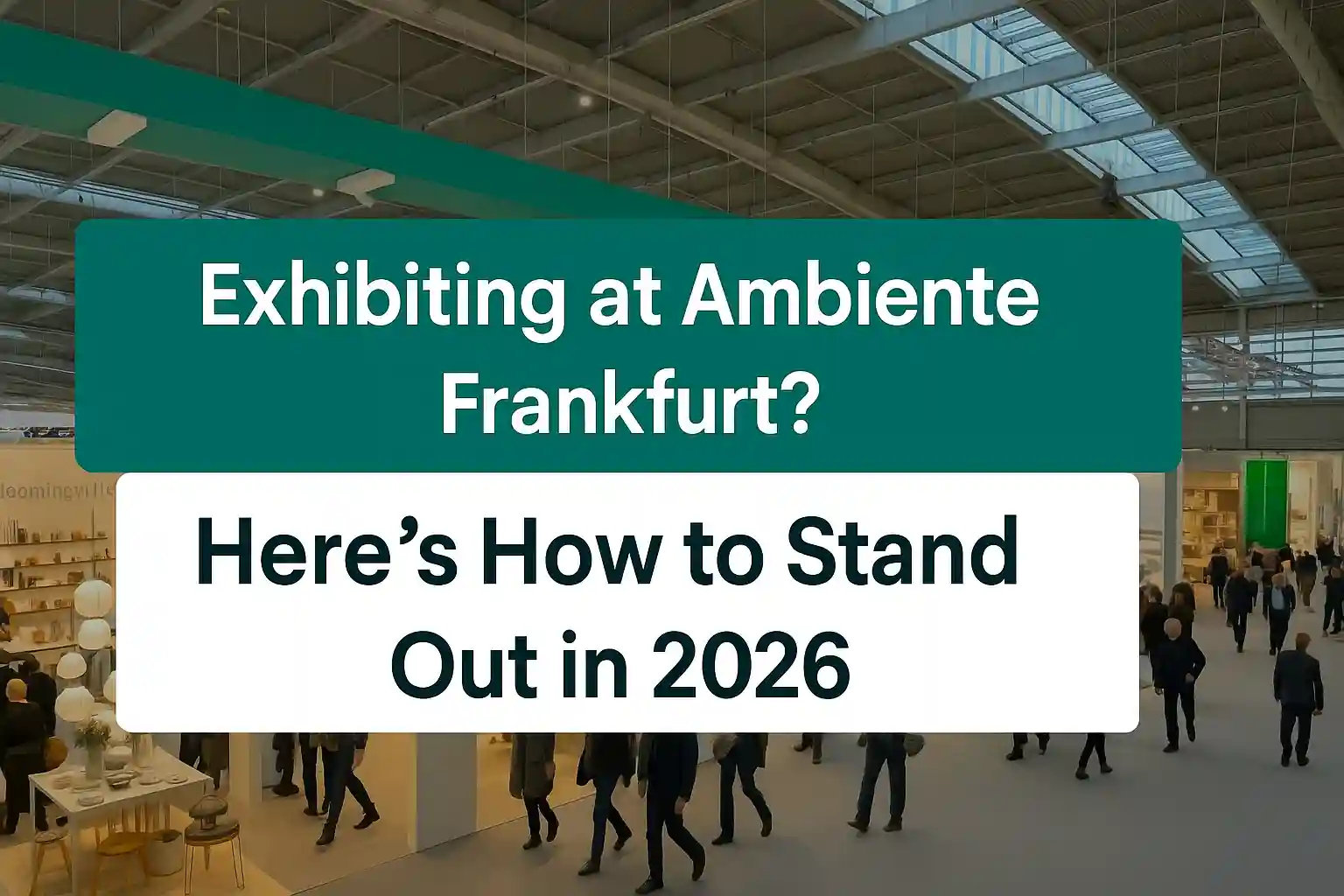Why 80% of Trade Show Booths Fail to Attract Visitors—And How to Avoid It
The trade shows are significant platforms where companies can seek visibility and get business. They provide direct access to buyers, partners, and competitors. Still, 80% of the booths fail despite a huge investment. This is because the majority of exhibitors ignore some of the important aspects, including planning, design, and interaction. The awareness regarding these errors gives an ability to become the eye-catching unit rather than the unproductive investments.
.Importance Of Trade Shows
Trade shows have been catalysts to the growth of the business in various industries. They provide special occasions for networking, sharing knowledge, and promotion of a brand. Exhibitors showcase innovations, create partnerships, and look at new markets directly. online initiatives, these events allow direct conversations with decision-makers in real time. Companies spend a lot of money knowing that a single moment can make a major difference in their sales pipeline. Booths perform the role of physical brand ambassadors to various audiences.
Building a Strong Event Background
Success in trade shows is something that has to be prepared days in advance of the exhibition. Exhibitors need to conduct research on event profile and audience demographics. Understanding the expectations of the visitors aids when coming up with the booths that relate to them.
Public interest is created through pre-show marketing via social platforms, email, press releases, etc. In the absence of a pre-event, there is a risk of the booth being completely missed. A strategic design is also very important. The layouts and visual displays are instantly.
Employees should be well-trained to face all kinds of visitors. Goal setting is used to ensure measurable outcomes. Well-prepared exhibitors are always successful as compared to those who depend on luck.
Reasons for Booth Failure
It has been observed through research that 80% of booth failures have been as a result of repeated errors. The impact of these reasons is the minimization of interest of visitors and harms on exhibitor potential. By working on these causes, expensive investments will not be wasted, and the overall event performance will improve.
Unattractive booth design- It is a big problem. Most of the exhibitors use dull layouts, poor lighting, and crowded visuals. Customers tend to ignore booths that appear outdated or overcrowded. Nowadays, audiences expect creative displays featuring bright graphics and interaction.
Weak pre-show marketing—It restricts the visibility of the booth. Exhibitors have the tendency of expecting people to see their stands automatically. In the absence of promotions, customers pay attention to other competitors that are more noticeable. Anticipation is built by engaging with people before the event, ultimately it will attract people to your booth.
Ineffective staff behavior- It discourages conversations. Untrained or distracted representatives seem to be disinterested, and they scare visitors off. Well-trained staff are pleasant and keen to listen and engage positively. Often human interaction is the determining factor of success of a booth, rather than the technology.
Confusing brand messaging—This is something that frustrates attendees. Overloaded texts, use of technical terms, or general slogans instill confusion in the visitors. Clear, bold taglines address what the company is all about and how it is unique. Simplification is the key ingredient attention on a busy exhibition floor.
Ignoring exhibit visitor experience- This will undermine booth performance. Passive as well as non-engaging displays failed to attract the attention of attendees. Visitors expect demos, gamification, or digital interaction points. Comfortable seats, free movements and small giveaways complement experiences a lot.



